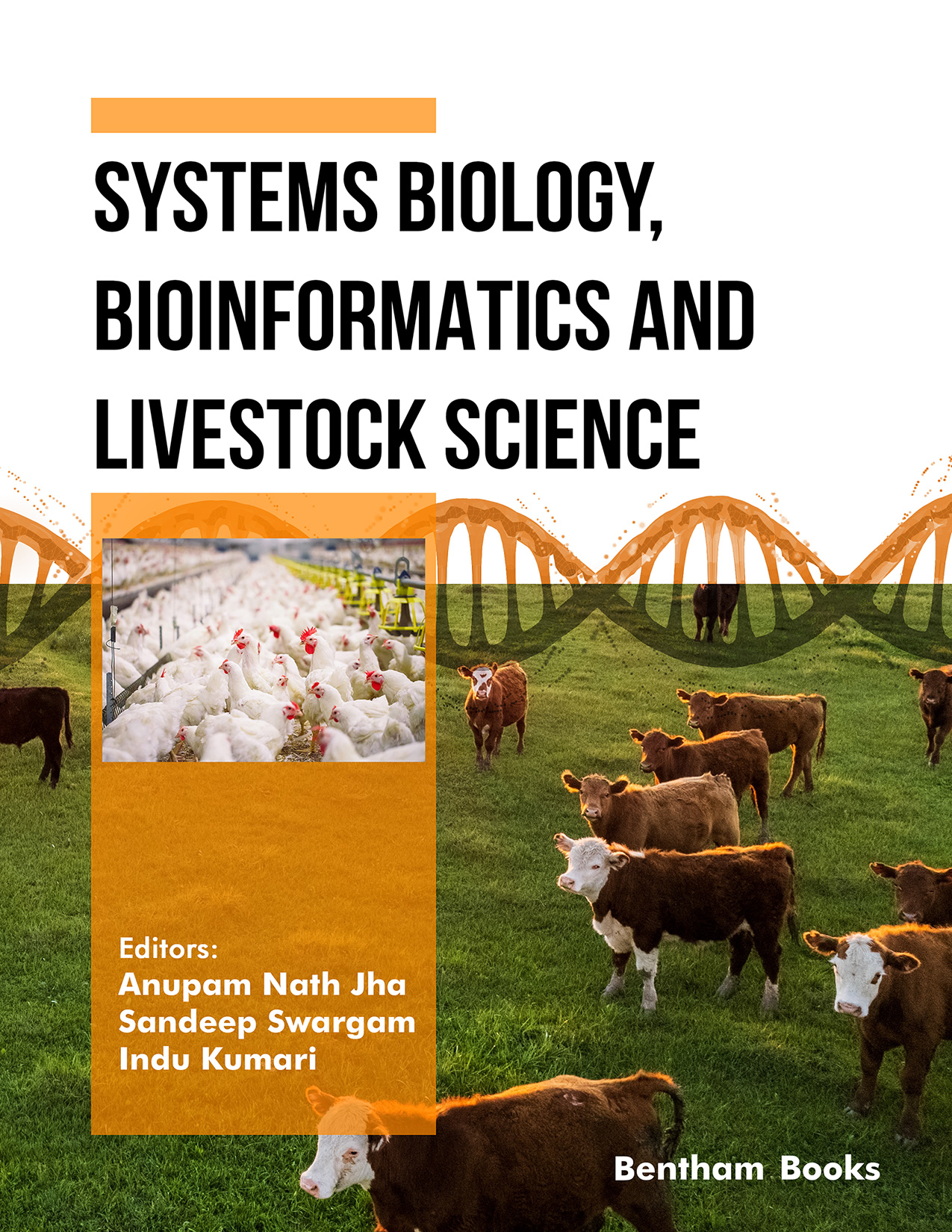Introduction
This book explores the intricate world of livestock sciences and production through the lens of systems biology. Offering a comprehensive exploration of both fundamental and advanced aspects, it unearths the potential of systems biology in the realm of livestock. The book presents 13 edited chapters on cutting-edge knowledge about systems biology and omics technology, showcasing genomics, transcriptomics, proteomics, metabolomics, and more. It illuminates the role of systems biology in livestock and disease management. Readers will learn about power of technologies that merge computational biology, nanobiotechnology, artificial intelligence, and single-cell sequencing. Each chapter is written by scientific experts and includes references for further reading.
The book covers 4 key themes:
- - Introduction to Systems Biology in Livestock Science: Uncover the foundation of integrating systems biology with omics data for animal scientists.
- - Multi-scale Modeling Techniques: Explore how multi-scale modeling is shaping the future of system biology.
- - Livestock Viral Diseases: Gain insights into how systems biology is revolutionizing our understanding of livestock viral diseases.
- - Single Cell RNA-Sequencing: Understand the potential of this advanced technique in studying livestock animals at a cellular level.
This book is a timely resource for students and researchers, offering a pathway to comprehend the crucial role systems biology plays in sustainable livestock production and management.
Readership Students and researchers in the field of systems biology, livestock sciences and management, and veterinary medicine.

